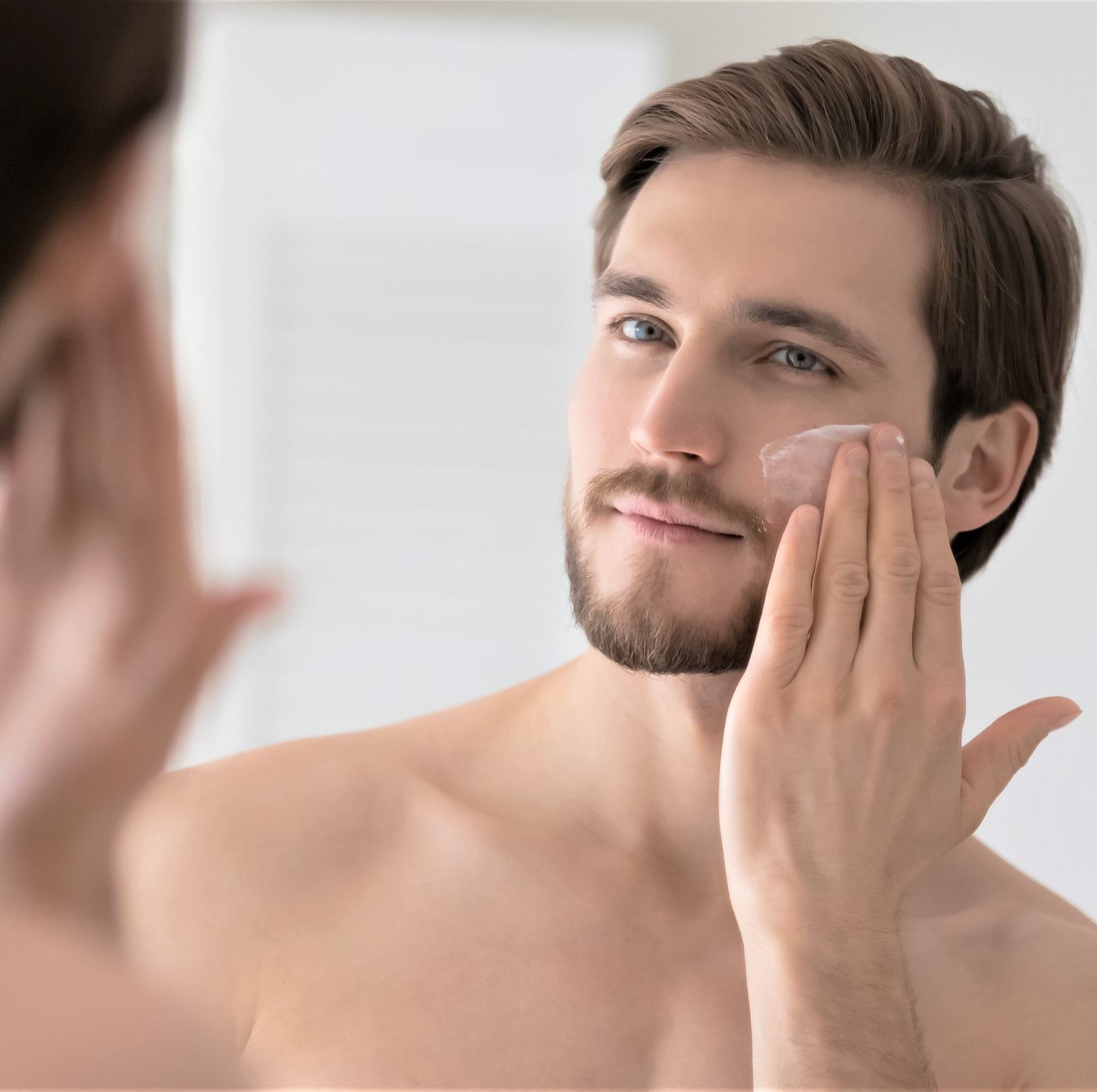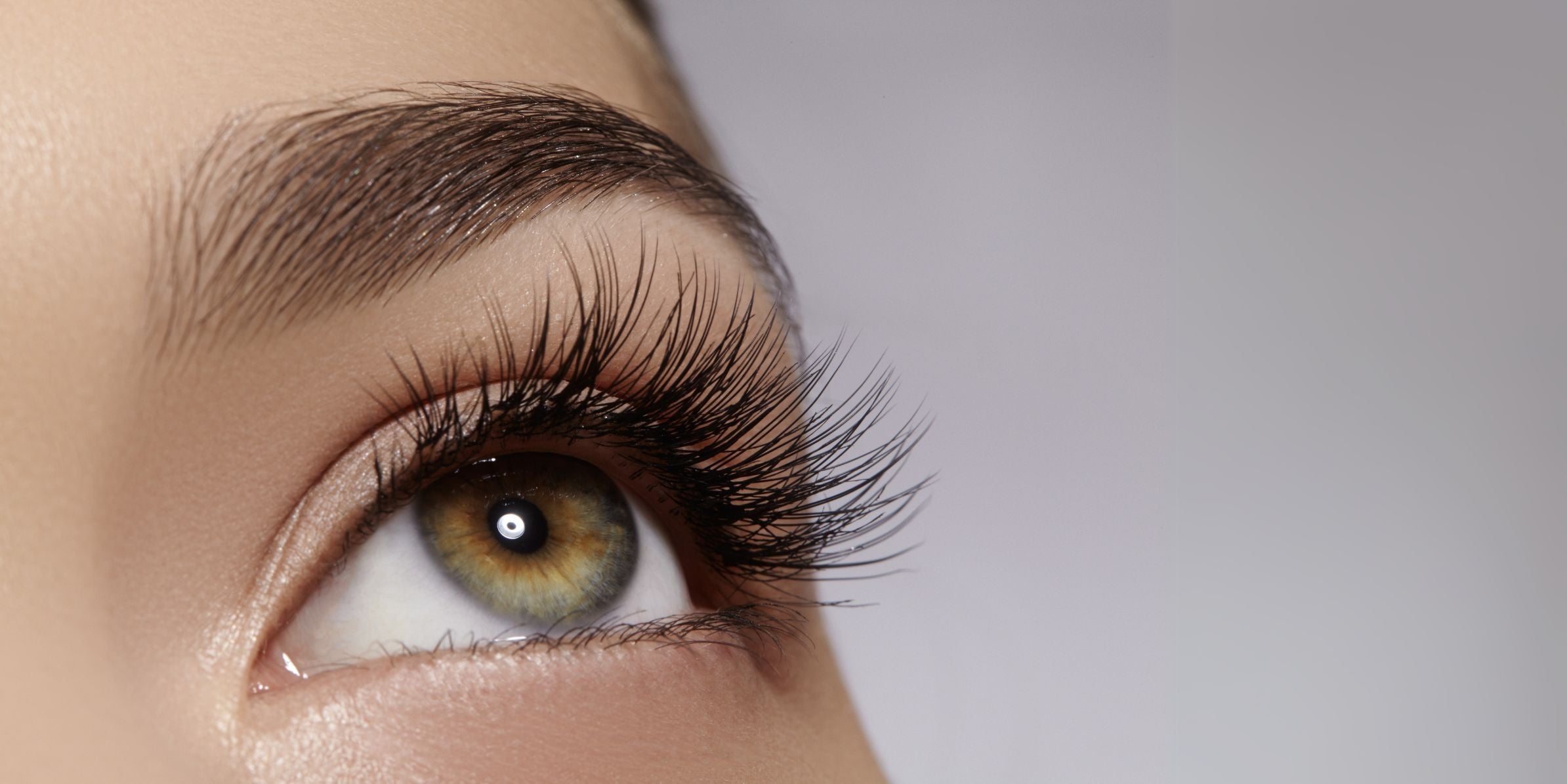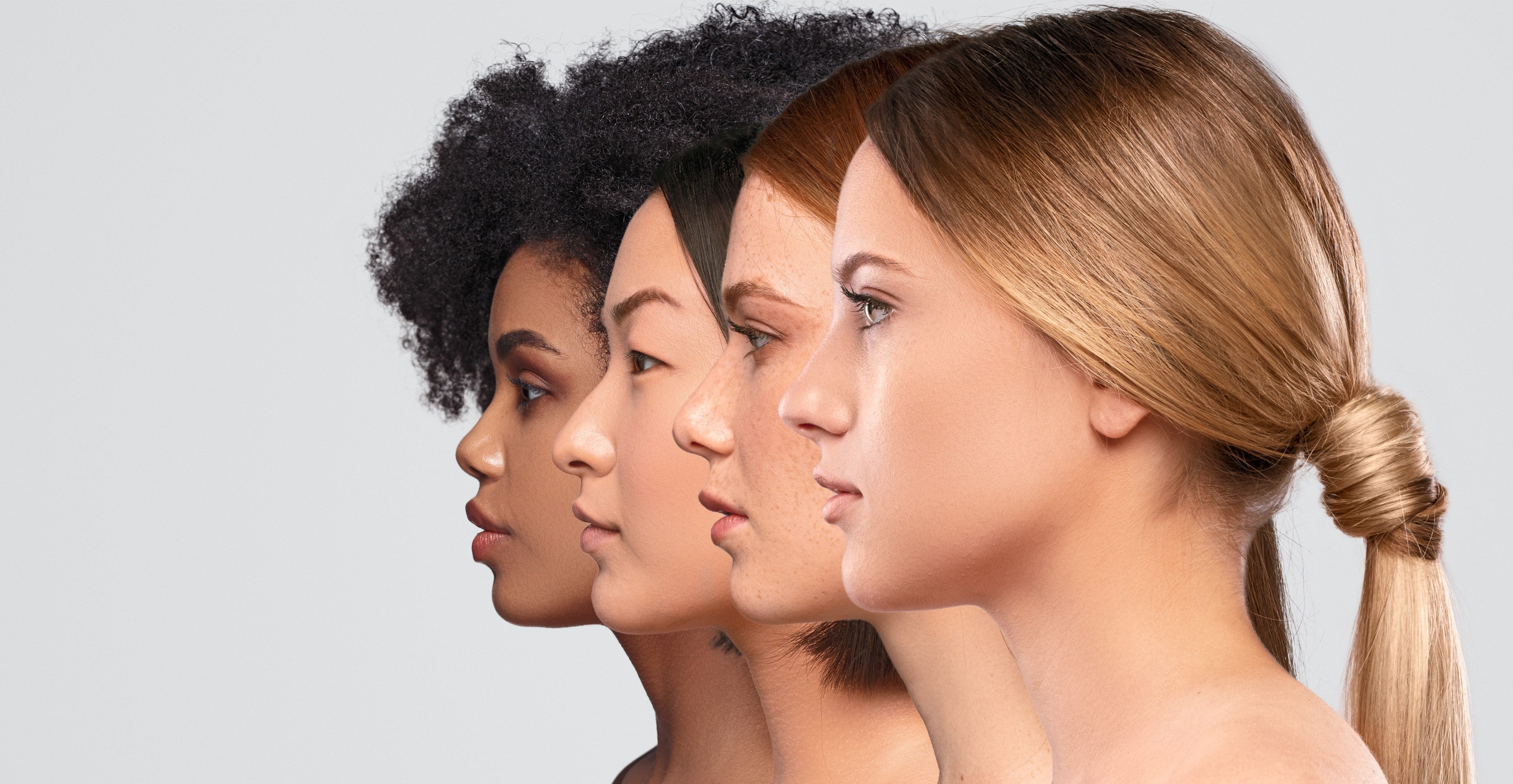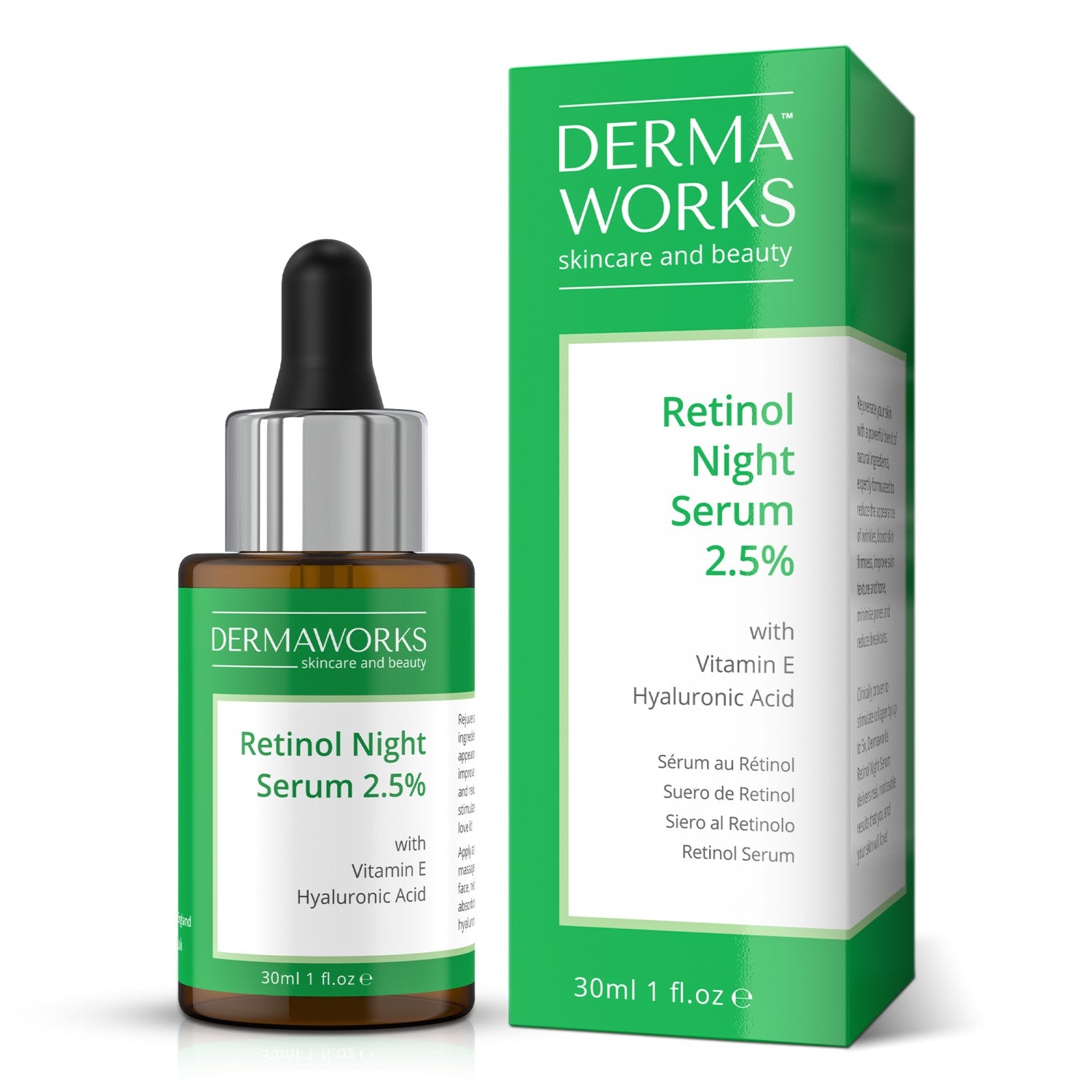As winter sets in, your skincare routine naturally shifts toward richer creams and soothing serums. But one product you shouldn’t pack away for the season? Retinol.
While it’s tempting to pause this potent ingredient when the air turns dry, dermatologists agree that keeping retinol in your winter skincare routine is one of the best ways to maintain smooth, radiant, youthful skin — even when temperatures drop.
Here’s what really happens when you stop using retinol during winter, and why staying consistent is the secret to glowing, healthy skin year-round.
Why People Stop Using Retinol in Winter
Cold weather can leave skin feeling dry, sensitive, and tight. Because retinol can sometimes cause mild irritation or flaking, many people assume it’s best to take a break. But with the right support — and a few moisture-boosting tweaks — retinol can be safely and effectively used all winter long.
What Happens When You Stop Using Retinol
1. Cell Turnover Slows Down
Retinol works by speeding up cell renewal, revealing fresh, smooth skin. When you stop using it, that process slows — and dullness, congestion, and uneven texture often creep back in.
2. Fine Lines and Dark Spots Reappear
Retinol’s collagen-boosting and pigment-fading effects take time to build. Skipping it for a few months can reverse visible progress, especially if you’ve been targeting fine lines, acne marks, or uneven tone.
3. Your Skin Loses Tolerance
Skin builds up tolerance to retinol gradually. If you stop for a long period, you’ll likely experience more irritation when you restart. Staying consistent helps your skin remain resilient and comfortable year-round.
Why Winter Is Actually the Best Time for Retinol
Retinol and winter are more compatible than you might think. Here’s why this season is ideal for continued use:
-
Lower UV Exposure: With fewer daylight hours and less intense sunlight, your risk of UV-induced irritation decreases.
-
Indoor Recovery: Cooler months are perfect for gentle skin renewal and repair away from harsh summer rays.
-
Enhanced Rejuvenation: Winter is a restorative season — retinol helps your skin rebuild, refresh, and glow beneath those cozy layers.
How to Keep Using Retinol in Your Winter Skincare Routine
Here’s how to continue using retinol comfortably through the colder months — without irritation or dryness.
1. Layer with Hydration
Apply a lightweight hydrating serum (like one containing hyaluronic acid) before your retinol. Then follow with a rich moisturizer to lock in moisture.
2. Try the “Moisture Sandwich”
Apply moisturizer → retinol → another thin layer of moisturizer. This buffers the skin and prevents dryness while keeping retinol effective.
3. Reduce Frequency, Not Commitment
If your skin feels tight, use retinol every 2–3 nights — but don’t stop completely. Consistency maintains progress while giving your skin breathing room.
4. Switch to a Cream-Based Formula
Choose a retinol serum or cream infused with nourishing ingredients like ceramides, squalane, or peptides. These formulations deliver results while strengthening the skin barrier.
5. SPF Is Still Essential
Even in winter, UV rays can penetrate clouds and reflect off snow. Always finish your morning routine with a broad-spectrum SPF 30+ to protect your retinol results.
Your Winter Retinol Routine, Simplified
PM Routine:
-
Gentle Cleanser
-
Hydrating Serum (optional)
-
Retinol Serum or Cream
-
Nourishing Moisturizer
AM Routine:
-
Cleanser
-
Vitamin C Serum
-
Moisturizer
-
Sunscreen SPF 30+
Stopping retinol during winter might seem like a relief, but in reality, it can cause your progress to stall — leading to dullness, texture buildup, and a return of fine lines.
With the right hydration strategy, retinol can thrive in your winter skincare routine, keeping your complexion bright, smooth, and youthful all season long.









